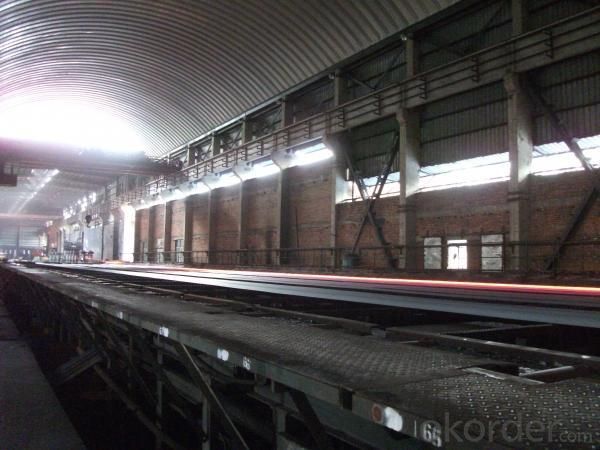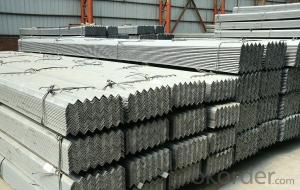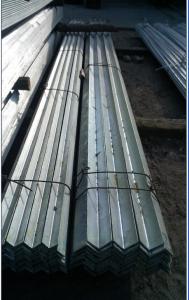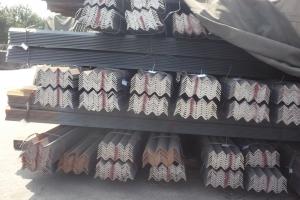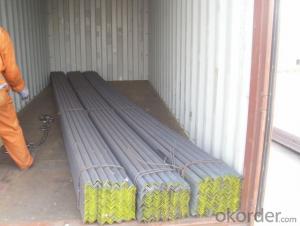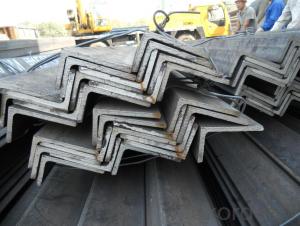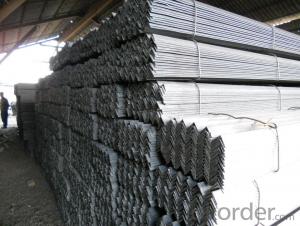Q235B Steel Angle
- Loading Port:
- China Main Port
- Payment Terms:
- TT or LC
- Min Order Qty:
- 25 m.t.
- Supply Capability:
- 1000T/Month m.t./month
OKorder Service Pledge
OKorder Financial Service
You Might Also Like
1.Standards: GB,ASTM,BS,AISI,DIN,JIS
2.Material: GB Q235B, Q345B or Equivalent; ASTM A36; EN 10025, S235JR, S355JR; JIS G3192, SS400; SS540.
3.Length:6m,9m,12m
4.Sizes:
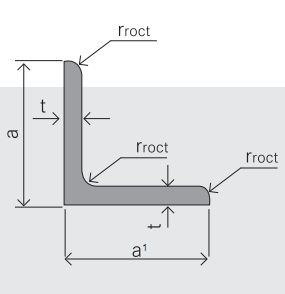
|
Sizes: 25mm-250mm | ||
|
a*t | ||
|
25*2.5-4.0 |
70*6.0-9.0 |
130*9.0-15 |
|
30*2.5-6.6 |
75*6.0-9.0 |
140*10-14 |
|
36*3.0-5.0 |
80*5.0-10 |
150*10-20 |
|
38*2.3-6.0 |
90*7.0-10 |
160*10-16 |
|
40*3.0-5.0 |
100*6.0-12 |
175*12-15 |
|
45*4.0-6.0 |
110*8.0-10 |
180*12-18 |
|
50*4.0-6.0 |
120*6.0-15 |
200*14-25 |
|
60*4.0-8.0 |
125*8.0-14 |
250*25 |
5.Material Specifications:
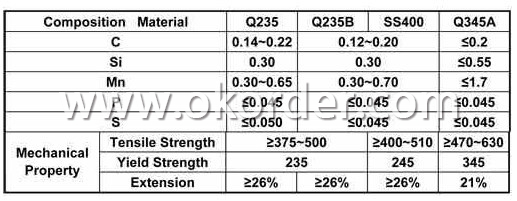
Usage & Applications of Q235B Steel Angle
Trusses;
Transmission towers;
Telecommunication towers;
Bracing for general structures;
Stiffeners in structural use.
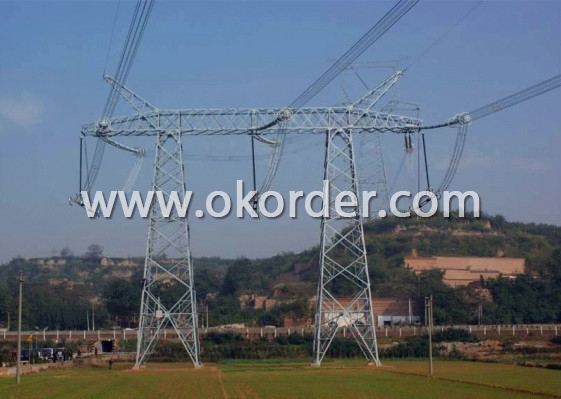
Packaging & Delivery of Q235B Steel Angle
1.Transportation: the goods are delivered by truck from mill to loading port, the maximum quantity can be loaded is around 40MTs by each truck. If the order quantity cannot reach the full truck loaded, the transportation cost per ton will be little higher than full load.
2.With bundles and load in 20 feet/40 feet container, or by bulk cargo, also we could do as customer's request.
3. Marks:
Color mark: There will be color marking on both end of the bundle for the cargo delivered by bulk vessel. That makes it easily to distinguish at the destination port.
Tag mark: There will be tag mark tied up on the bundles. The information usually including supplier logo and name, product name, made in China, shipping marks and other information request by the customer.
If loading by container the marking is not needed, but we will prepare it as customer request.

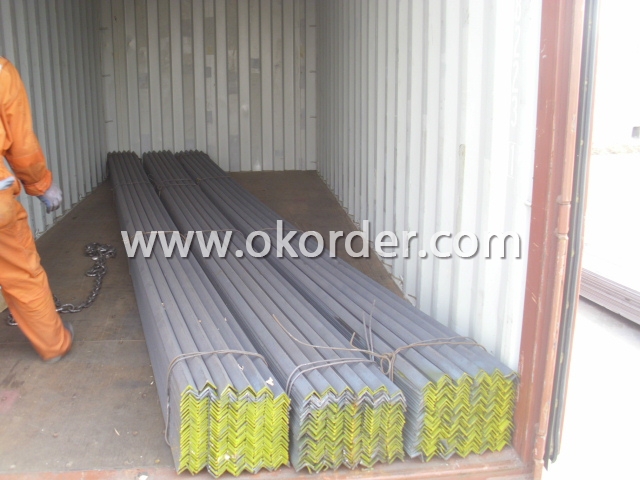
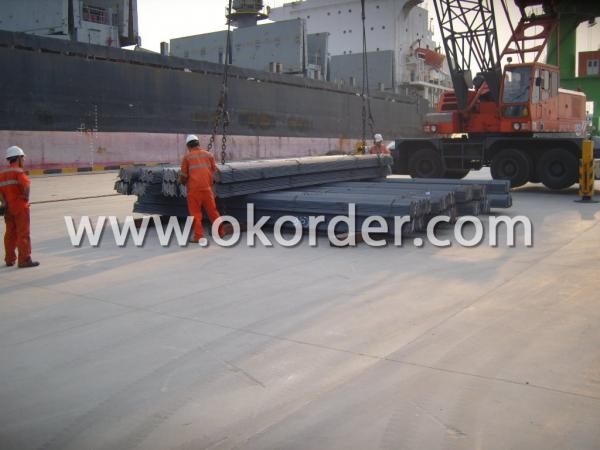
- Q: What are the considerations for selecting the appropriate steel angle finish?
- Several factors need to be taken into account when choosing the right steel angle finish. Firstly, the intended use or application of the steel angle is a primary consideration. Different finishes offer varying levels of corrosion resistance, which is crucial in environments with moisture or chemicals. For outdoor applications or high humidity environments, a hot-dip galvanized finish is often preferred due to its excellent corrosion resistance. Conversely, a plain steel finish may suffice for indoor applications where corrosion resistance is not a major concern. The desired aesthetic appearance is another consideration. Steel angles can be finished in different ways to achieve various looks. A mill finish provides a raw, industrial appearance, while a powder coat finish offers a polished look and a wide range of color options. The choice of finish depends on the desired aesthetic effect and the overall project design. Durability is also an important factor to consider. Finishes like zinc plating or stainless steel offer enhanced durability and resistance to wear and tear, making them suitable for heavy-duty applications or high-traffic areas. On the other hand, a painted finish may be more prone to chipping or scratching, making it less suitable for long-term durability requirements. Lastly, cost plays a significant role in the decision-making process. Different finishes have varying costs associated with them, so it is necessary to balance the desired finish with the available budget. It is worth noting that while certain finishes may have a higher upfront cost, they may provide long-term cost savings by reducing maintenance or replacement needs. To summarize, the appropriate steel angle finish selection depends on factors such as corrosion resistance, aesthetic appearance, durability requirements, and budget considerations. By carefully evaluating these factors, one can choose the most suitable finish that meets both functional and aesthetic needs.
- Q: What are the different types of steel angles available?
- There exists a variety of steel angles available, each specifically designed for particular applications and purposes. Examples of these include: 1. Equal Angle: These steel angles, also referred to as L-shaped angles, possess equal side lengths and are commonly utilized for general structural and construction purposes. They offer exceptional support and stability when interconnected with other structural components. 2. Unequal Angle: As the name implies, unequal angles feature different side lengths. These angles are frequently employed in applications where one side needs to be longer or shorter than the other, such as supporting uneven loads or creating specific shapes. 3. Stainless Steel Angle: Constructed from stainless steel, these angles exhibit high resistance to corrosion, making them suitable for applications where exposure to moisture or chemicals is a concern. They find common usage in food processing plants, chemical industries, and marine environments. 4. Galvanized Angle: Galvanized steel angles are coated with a layer of zinc, thereby providing excellent corrosion resistance. This makes them ideal for outdoor applications or areas exposed to high humidity or saltwater. 5. Rolled Steel Angle: Rolled steel angles are produced by rolling hot-rolled steel into the desired shape. This process enhances the angle's strength and durability, rendering it suitable for heavy-duty applications. 6. Slotted Angle: Slotted angles feature holes or slots along their length, facilitating easy attachment and adjustment. They are commonly utilized in shelving systems, workbenches, and storage racks, as they offer a versatile and customizable solution. 7. Structural Steel Angle: These angles are mainly deployed in construction projects requiring load-bearing support. They are designed to withstand heavy loads and provide structural stability in buildings, bridges, and other infrastructure projects. It is crucial to assess the specific requirements of your project before selecting the appropriate type of steel angle. Seeking guidance from a structural engineer or steel supplier can ensure that you choose the correct angle for your application.
- Q: What are the considerations for selecting the appropriate steel angle connection type?
- When selecting the appropriate steel angle connection type, several considerations need to be taken into account. These include the load requirements, the structural design, the available space, the cost, and the ease of installation. The load requirements determine the strength and stability needed for the connection, while the structural design dictates the type of connection that will best support the overall structure. The available space influences the size and configuration of the connection, ensuring it fits within the designated area. Cost is an important factor, as different connection types vary in terms of material and labor expenses. Lastly, the ease of installation determines the feasibility and efficiency of implementing the chosen connection type.
- Q: What is the typical thickness of the flanges of a steel angle?
- The typical thickness of the flanges of a steel angle can vary depending on the specific design and application, but it is commonly found in the range of 1/8 inch to 3/4 inch.
- Q: What are the limitations of using steel angles in corrosive or saltwater environments?
- The main limitations of using steel angles in corrosive or saltwater environments are their susceptibility to corrosion and potential for accelerated deterioration. Steel angles are prone to rusting and corrosion when exposed to moisture and saltwater, which can weaken the structural integrity of the material over time. To mitigate these limitations, protective coatings or alternative materials such as stainless steel or galvanized steel can be used.
- Q: How do you calculate the bending stress in a steel angle?
- In order to determine the bending stress in a steel angle, one must have a grasp of the fundamentals of bending moment and the moment of inertia of the angle. Firstly, the bending moment acting on the steel angle needs to be determined. This can be achieved by considering the applied load or force and its distance from the point of rotation. The bending moment is obtained by multiplying the applied load by the distance between the point of rotation and the line of action of the force. Next, the moment of inertia of the steel angle needs to be established. The moment of inertia measures an object's resistance to changes in its rotational motion and is dependent on its shape and size. For a steel angle, the moment of inertia can be calculated using the appropriate formula for its specific cross-sectional shape. Once the bending moment and moment of inertia have been determined, the bending stress can be calculated using the following formula: Bending Stress = (Bending Moment * Distance from Neutral Axis) / Moment of Inertia The bending stress denotes the internal resistance within the steel angle to the bending moment and is typically expressed in units of force per unit area, such as pounds per square inch (psi) or newtons per square meter (Pa). It is important to note that the calculation of bending stress assumes the steel angle behaves elastically, meaning it does not experience excessive deformation or permanent damage. If the applied bending moment exceeds the elastic limit of the steel angle, plastic deformation or failure may occur, necessitating the use of a different analysis method.
- Q: What are the different types of connections used with steel angles?
- There are several different types of connections used with steel angles, depending on the specific needs and requirements of the structure. Some of the most common types of connections include: 1. Welded Connection: This is one of the most popular types of connections used with steel angles. It involves welding the angle to another steel member, such as a beam or column, using various welding techniques. Welded connections provide excellent strength and stability. 2. Bolted Connection: Bolted connections involve using bolts and nuts to secure the steel angle to another component. This type of connection allows for easy disassembly and offers flexibility in adjusting or replacing components. Bolted connections are often used when there is a need for future modifications or repairs. 3. Riveted Connection: Riveted connections were widely used in the past but are less common today. They involve using rivets to connect the steel angle to other components. Riveted connections provide high strength and durability, but they require specialized skills and equipment for installation. 4. Gusset Plate Connection: In some cases, a gusset plate is used to connect steel angles. A gusset plate is a flat plate that is typically bolted or welded to the angle and the other component, providing additional strength and stability. 5. Moment Connection: A moment connection is a specialized type of connection used to transfer bending moments between steel angles and other components, such as beams or columns. Moment connections are designed to handle significant loads and provide enhanced structural integrity. Overall, the choice of connection type depends on factors such as load requirements, structural design, ease of installation, and potential for future modifications. Each type of connection has its own advantages and limitations, and the appropriate connection type is determined by a structural engineer based on the specific project requirements.
- Q: How are steel angles measured?
- Steel angles are typically measured by their dimensions, including the length of each side and the thickness of the material. The measurement is usually given in inches or millimeters.
- Q: How do you reinforce a steel angle for added strength?
- To reinforce a steel angle for added strength, there are several techniques you can employ. One common method is to weld additional steel plates or gussets to the angle's flanges. These plates or gussets are typically positioned perpendicular to the angle and are welded along their edges to create a stronger connection. This helps distribute the load and enhance the structural integrity of the angle. Another approach is to bolt or rivet additional steel plates or angles to the existing one, creating a sandwich-like structure. These additional plates or angles can be positioned on either side of the existing angle or even on top, depending on the specific requirements. Bolting or riveting them together ensures a secure connection and reinforces the angle's overall strength. Furthermore, reinforcing a steel angle can also be achieved by employing bracing techniques. This involves adding diagonal steel members, often referred to as braces, to the angle. Braces are typically attached to the angle at multiple points using welding or bolting methods. These braces help redistribute the forces acting on the angle and prevent excessive deflection or bending, thereby increasing its strength. It is important to note that the specific reinforcement method chosen depends on factors such as the load or force the angle will experience, the desired level of strength, and the available resources. Consulting with a structural engineer or a professional in the field is highly recommended to ensure the appropriate reinforcement technique is selected and implemented correctly.
- Q: Can steel angles be used as lintels or supports for openings?
- Lintels or supports for openings, such as doors and windows, can be made using steel angles. In construction, steel angles are frequently utilized as structural elements because of their durability and strength. These angles offer the necessary structural support to withstand the weight above the opening. They are commonly installed horizontally, with one leg of the angle resting against the wall on each side. This allows the load from the structure above to be transferred to the steel angle, which then distributes the weight to the surrounding walls. Steel angles are a preferred option for lintels and supports because of their ability to bear heavy loads and resist bending and twisting forces.
1. Manufacturer Overview
| Location | Hebei, China |
| Year Established | 2003 |
| Annual Output Value | Above US$ 500 Million |
| Main Markets | Southeast Asia; middle east; South Korea; Africa |
| Company Certifications | ISO 9001:2008 |
2. Manufacturer Certificates
| a) Certification Name | |
| Range | |
| Reference | |
| Validity Period |
3. Manufacturer Capability
| a) Trade Capacity | |
| Nearest Port | Tianjin |
| Export Percentage | 30%-45% |
| No.of Employees in Trade Department | 11-20 People |
| Language Spoken: | English; Chinese |
| b) Factory Information | |
| Factory Size: | Above 10,000 square meters |
| No. of Production Lines | 2 |
| Contract Manufacturing | OEM service offered |
| Product Price Range | high; average |
Send your message to us
Q235B Steel Angle
- Loading Port:
- China Main Port
- Payment Terms:
- TT or LC
- Min Order Qty:
- 25 m.t.
- Supply Capability:
- 1000T/Month m.t./month
OKorder Service Pledge
OKorder Financial Service
Similar products
Hot products
Hot Searches
Related keywords




